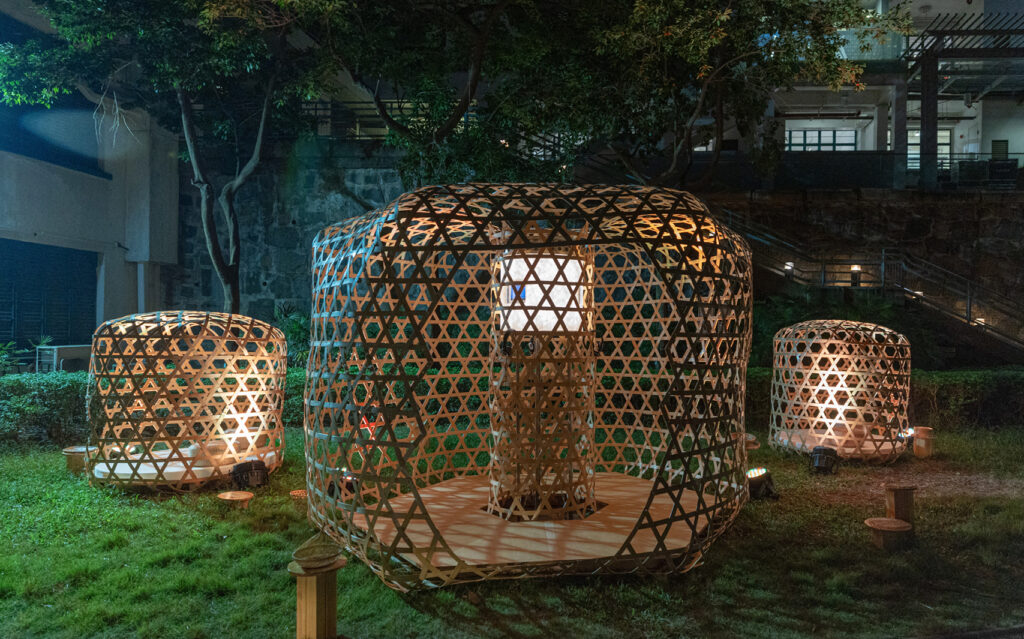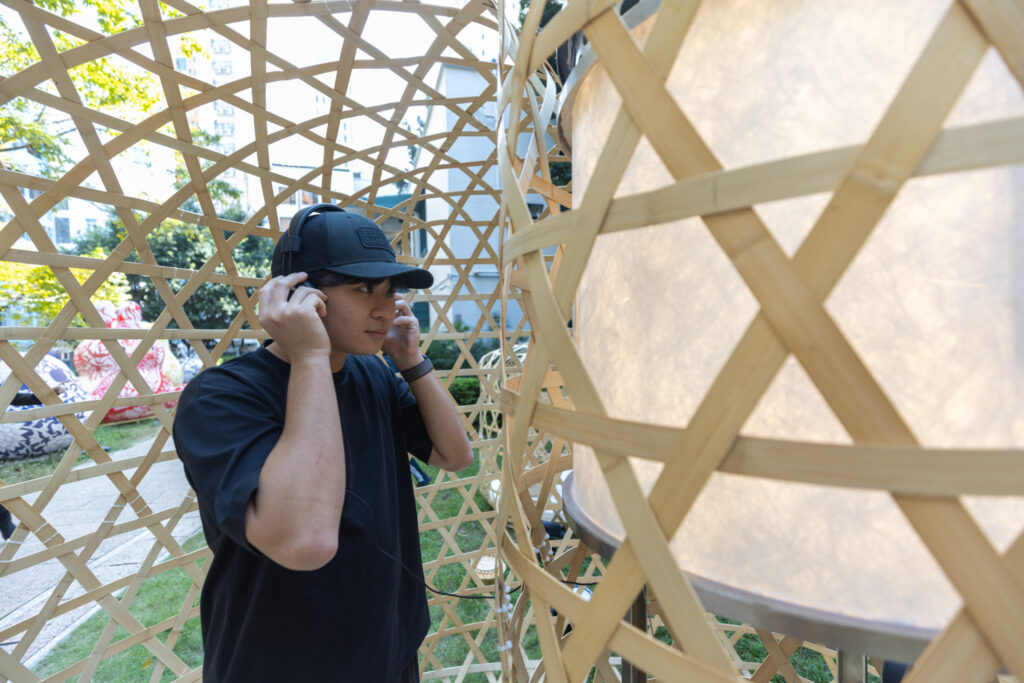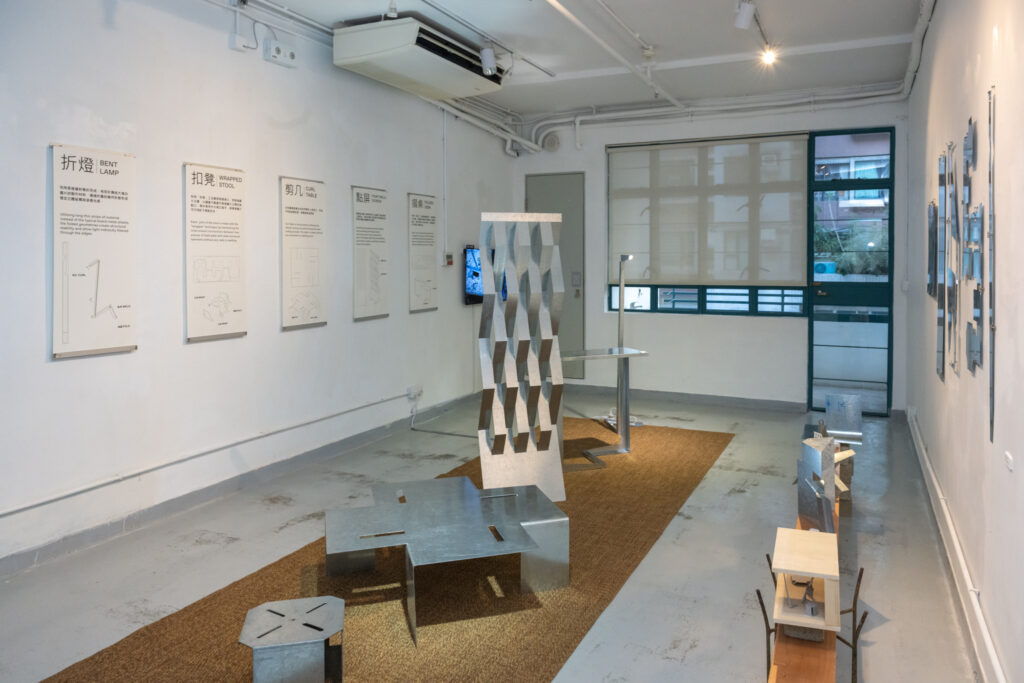Selected Entry
Sounds of Suzumushi: a weaved-bamboo pavilion
Bamboo weaving is a traditional craft commonly found in basketry or dim sum steamers. In Hong Kong, however, industrial products are gradually replacing bamboo products, and having skilled craftsmen pass on the bamboo weaving knowledge to the next generation becomes more and more difficult. To go beyond pure conservation, this project explores the technical aspect of this traditional craft and experiments with its application on an architectural scale. An installation is made for PMQ’s Hollywood Garden to showcase a new design using the traditional Kagome weaving technique.
The new work is displayed alongside documentation of the digital design process, starting from formal/structural representation and simulation to the manual craft-making of prototypes. The work is inspired by the sounds of Suzumushi (鈴虫) kept in bamboo cases, a familiar scene in suburban Japanese houses from summer to autumn, painting a refreshing and calm atmosphere. It is recreated in the pavilion through sound installation as a place for visitors to sit, rest and relax while enjoying the tactile quality of bamboo craft.
Location
Creative Studio
Craft Design Research Lab

The Craft Design Research Lab is a collaborative platform that focuses on craft-based design projects and explores the material and techniques used in local craft. The objective of the lab is to apply traditional craftsmen’s knowledge in contemporary spatial practice and architectural design. We engage with craft-materiality and craft-making to nurture its social meaning and cultural significance in contemporary design.
For this project, an interdisciplinary team is formed between the School of Architecture at CUHK and the structural engineering Sasatani lab at Tokyo Denki University.
Professor Hiroyuki Shinohara
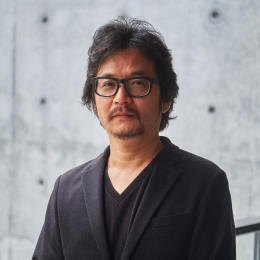
Professor Hiroyuki Shinohara is the Assistant Professor at the School of Architecture, CUHK, and the project leader at the Craft Design Research Lab. Prof. Shinohara obtained his Master’s degree in Architecture from Harvard University and his Ph.D. from Nagoya Institution of Technology in Japan. His research centres around the notion of materiality and intersects with topics of material and language, building technology, and architectural pedagogy in making. His current research focuses on the transfer of craft knowledge in contemporary architectural applications, with a recent project titled “Moving Bamboo” featured as the central courtyard piece in the Hong Kong Pavilion of the 2023 Venice Architecture Biennale.
Ian Chen
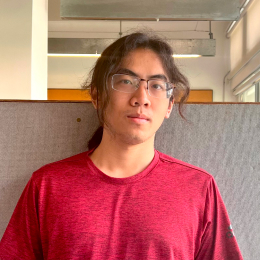
Ian Chen is a 2023 BSSc(Arch) graduate from the School of Architecture, CUHK, and a member of this project. He focused on making structures for people with computational technology during his undergraduate study. Ian participated in “Project Plum Grove” as an on-site assistant (2022) and is currently a research assistant working on projects related to traditional craft-making.
Lincoln Chan
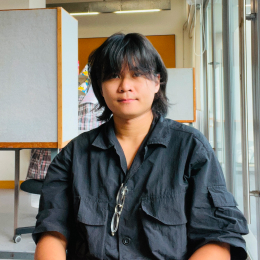
Lincoln Chan is a 2022 BSSc(Arch) graduate from the School of Architecture, CUHK, and a member of this project. His “Tower on Hillside” graduation project won the AIA Hong Kong Scholastic Award (2022). Currently a research assistant at the School, he is passionate about using construction methods to connect the community, and was a core member of projects like “Project Plum Grove”, “From Valley to Plain”, “Regenerating Shui Hau” and “Regenerating the Landscape of Lantau Mountain Camp”; as well as related exhibitions such as the “HK SZ Bi-City Biennale of Urbanism\Architecture”.
Professor Masamichi Sasatani
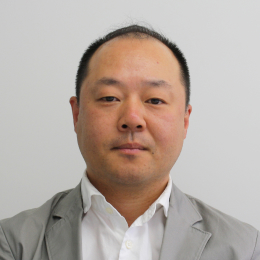
Professor Masamichi Sasatani teaches at Tokyo Denki University. He is also a structural designer with over 25 years of practice and the project advisor for this work. His many achievements in structural design and research include studying and designing large-span wooden lattice roofs with laminating lamina. Prof. Sasatani’s most iconic work is the structural design for “Minna no mori Gifu Media Cosmos” by the renowned Japanese architect Toyo Ito. The building realises a dynamic free-form roof by a structure utilising the softness of short and thin cypress materials, which form a triangular grid pattern in three plane directions. Recently, his research has focused on experimental and analytical studies on the mechanical properties and structural design methods of hybrid structures (steel, concrete, wood and other materials).
